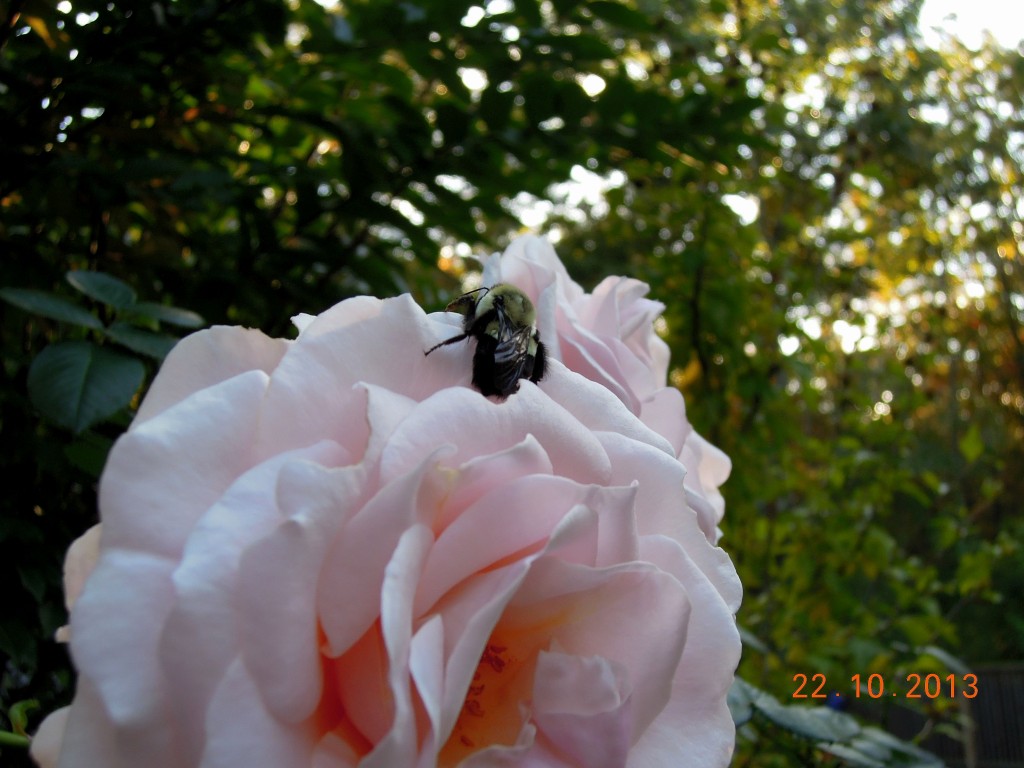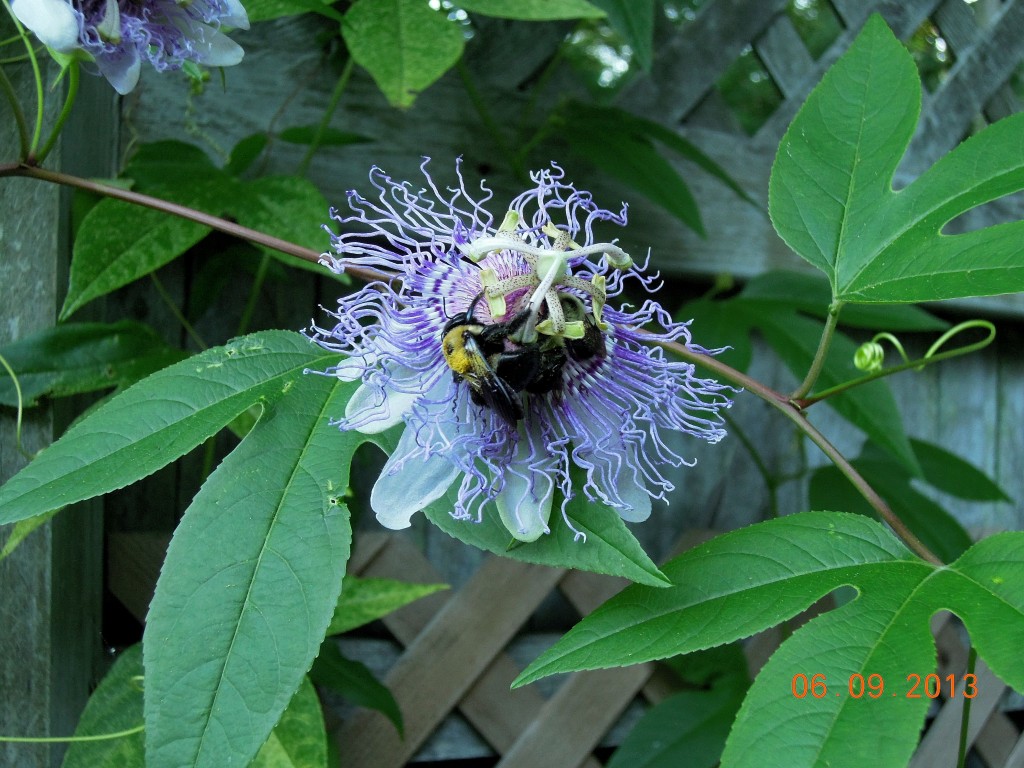Where is Teddy Roosevelt when you really need him?
He had the courage to stand up to power, to take on corrupt politicians and industrial barons in order to protect the American people and the environment. (For a comprehensive and detailed account, see Doris Kearns Goodwin’s The Bully Pulpit, Simon & Schuster 2013)
Now, by protecting the giant companies that produce toxic chemical pesticides, the EPA is a complicit enabler in the wholesale slaughter of bees — and who knows what all else. Our regulatory agencies are marching arm-in-arm with the industries they were created to regulate. (See May 1, 2013 blog post, “Beauty and The Bees: Going, Going, Gone?”.)
Teddy must be turning over in his grave.
The latest move by the United States Environmental Protection Agency (EPA) illustrates well whom it favors. Soon after being sued by beekeepers and environmental and consumer groups who demanded a recall of the EPA approved uber-toxic neonicotinoid pesticides, the Agency went into action. In a transparent effort to counter adverse public opinion, it backed off its decision to do nothing until 2018 and instituted a new neonicotinoid pesticide package-labeling scheme (scam?) which states: “When Using This Product Take Steps To: Minimize exposure of this product to bees and other insect pollinators when they are foraging.”
Sounds good, doesn’t it? But it’s self-policing — leaving it up to the poison applicator to do the right thing. And we all know how that works out. As did President Teddy Roosevelt.
Note too that the original package is the only place where the protective-use instruction is required to appear. By the time the poisons are in the hands of the applicators — who are not always the initial buyers — the original packaging may be long gone. Moreover, the EPA left no doubt of its true intent when it explicitly provided that the protective directions for use “are not intended to be placed under each crop or site” where the poisons are applied. Why not? Site placement informs the public and might lead to independent violation reporting. Isn’t that a good thing?
In addition, the EPA attached a slew of exceptions that completely eviscerate any protection for pollinators. For example, no pollinator protection is necessary if the poisons are applied after sunset or when temperatures are below 55 degrees F. The EPA is well aware that these poisons are persistent and if applied after sunset will still be lethal to bees the next day and thereafter. Ditto for the temperature exception. Indeed temperature change — upwards — can occur quickly. The Environmental Protection Agency knows these things.
Yet, there is some good news on two fronts: The lawsuit against the EPA is moving ahead — it’s currently in the pre-trial motion stage. And Congressmen Conyers and Blumenauer have introduced the Saving America’s Pollinators Act (H.R.2692). There are 38 co-sponsors of the bill.
More good news are the photos below, taken at first light in the garden, of sleepy bumble bees on Rosa ‘Pretty Lady’ and Passiflora ‘Incense’. [ See blog posts, “Superstorm Sandy & Rosa ‘Pretty Lady’ ” (Nov.13, 2012) and “Hibiscus ‘Jazzberry Jam’ & Passiflora ‘Incense’ ” (Aug.11, 2012). ]
Surely sights worth protecting.


